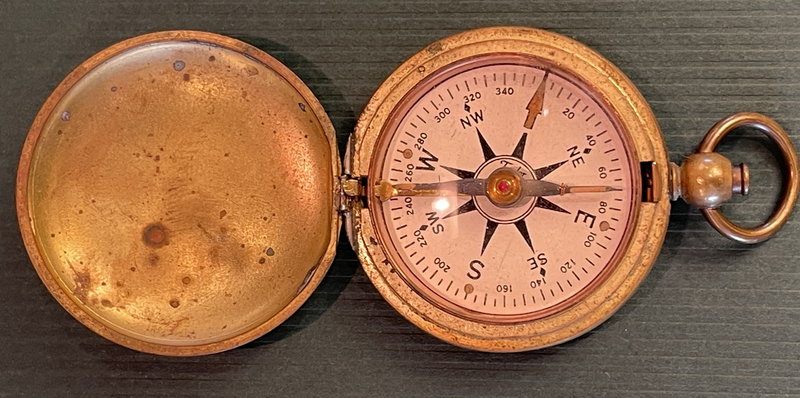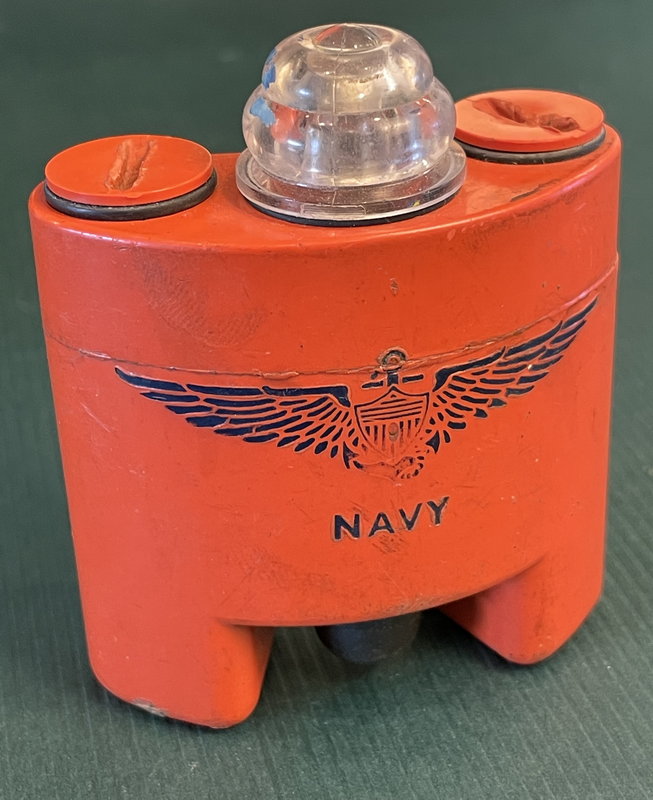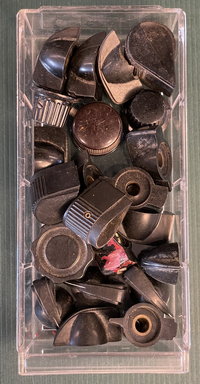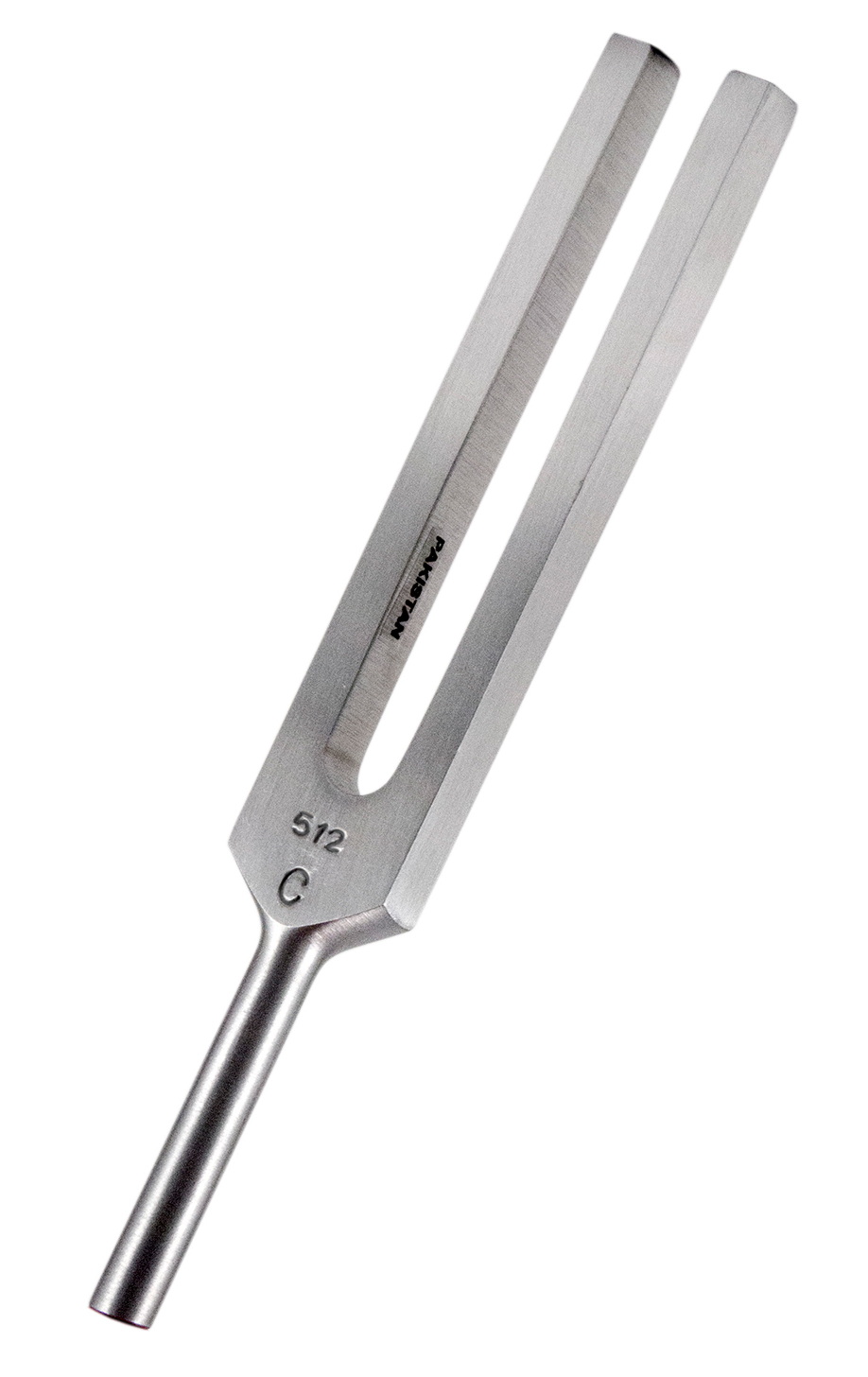


1967
The 1000 Hz Audio Oscillator

 My
USCE Compass
My
USCE Compass
Dad would a few times a year bring home things from the Chemistry Department and give them to my brother, sister and me. They
were generally small items, often something he picked up at the Army
surplus center at Camp Blanding where
he would get things for the Chemistry Department. There was a Navy survival flashlight, a U.S.
Corps of Engineers compass, and an Army mess kit which by brother
and I used for Boy Scouts. One time he brought home and gave to my
sister several small glass figurines that the Chemistry Department
glassblower had made: a small deer, a Christmas tree, a dog, all
made from glass.
Department and give them to my brother, sister and me. They
were generally small items, often something he picked up at the Army
surplus center at Camp Blanding where
he would get things for the Chemistry Department. There was a Navy survival flashlight, a U.S.
Corps of Engineers compass, and an Army mess kit which by brother
and I used for Boy Scouts. One time he brought home and gave to my
sister several small glass figurines that the Chemistry Department
glassblower had made: a small deer, a Christmas tree, a dog, all
made from glass.
 My
electrical knob collection
My
electrical knob collection
In 1967 my Dad brought home an interesting small wooden box that had some knobs, electrical connectors and a tuning fork on the top. The label on the side said “1000 Hertz, Audio Oscillator, Type 213, General Radio Co., Cambridge, Mass. Dad knew I liked such things, after all he helped me build my first transistor radio when I was in the 9th grade with parts that I got from the Chemistry Department electronic shop. In the following years I started collecting electrical and electronic devices, mostly salvaged from people’s trash. I would take these to my “Lab” in our backyard analyze them, and sometimes even fix them, but other times just taking them apart for their components, capacitors, resistors, vacuum tubes, transformers, switches knobs, over time I built up quite a collection. Using these components I would do experiments or build real or imaginary contraptions.
This particular wooden box fascinated me, clearly it was old with the base being made of wood and the top being made of Bakelite plastic. Bakelite was one of the first plastics that I had seen before in old radios and early telephones but by the late sixty’s it had been mostly replaced with more modern plastics. The plaque on the side said it was an audio oscillator and I knew what that was from my studies of electronics and reading Popular Electronics magazine. An oscillator produced specific frequency, in this case 1000 Hertz (Hz). From my years of reading Popular Science, Popular Electronics and science classes I knew that many things in physical world were based on frequencies: light, electrical current, radio waves, and sound waves. This particular device was an “Audio Oscillator” with the “audio” meaning it produced a sound, or tone, at 1000 Hz which was in the range of human hearing of 20 Hz to 20,000 Hz.
 At
the heart of the device was a tuning fork
which I had seen before. The tuning fork was invented in 1711 John
Shore, a musician, to help tune his trumpet. The tuning fork is a U
shaped metal device, six to eight or so inches long with a handle at
the bottom of the U like a two pronged fork. When the tuning fork is
struck against a surface, it will produce a specific constant tone
such as middle C (261.63 Hz) on the musical scale. Because a tuning
fork only produces a specific frequency or tone, they often come in
sets of common frequencies. For the Audio Oscillator this was 1000
Hz.
At
the heart of the device was a tuning fork
which I had seen before. The tuning fork was invented in 1711 John
Shore, a musician, to help tune his trumpet. The tuning fork is a U
shaped metal device, six to eight or so inches long with a handle at
the bottom of the U like a two pronged fork. When the tuning fork is
struck against a surface, it will produce a specific constant tone
such as middle C (261.63 Hz) on the musical scale. Because a tuning
fork only produces a specific frequency or tone, they often come in
sets of common frequencies. For the Audio Oscillator this was 1000
Hz.
Ok, I understood the tuning fork, but the electrical connections puzzled me until I figured it out. Connect battery to the terminals labeled 6-volts and a speaker to the zero and low, medium or high terminals, turn the switch to on and I could hear the 1000 Hz tone from the speaker. So I figured it out, the battery powered an electro magnet which caused the tuning fork to vibrate like it had been struck then a microphone picked up the tone and fed it to the output terminals. How cool was that! The device was interesting but other making a single tone I didn’t find much use for it, so it sat on a shelf in my lab unused for several years. When I graduated from high school and moved out of my parents’ house I bought most of my meager possessions with me including the audio oscillator which remained in one of the several boxes of stuff I never got around to unpack where it remained until 1975.
Updated: 08-20-2023